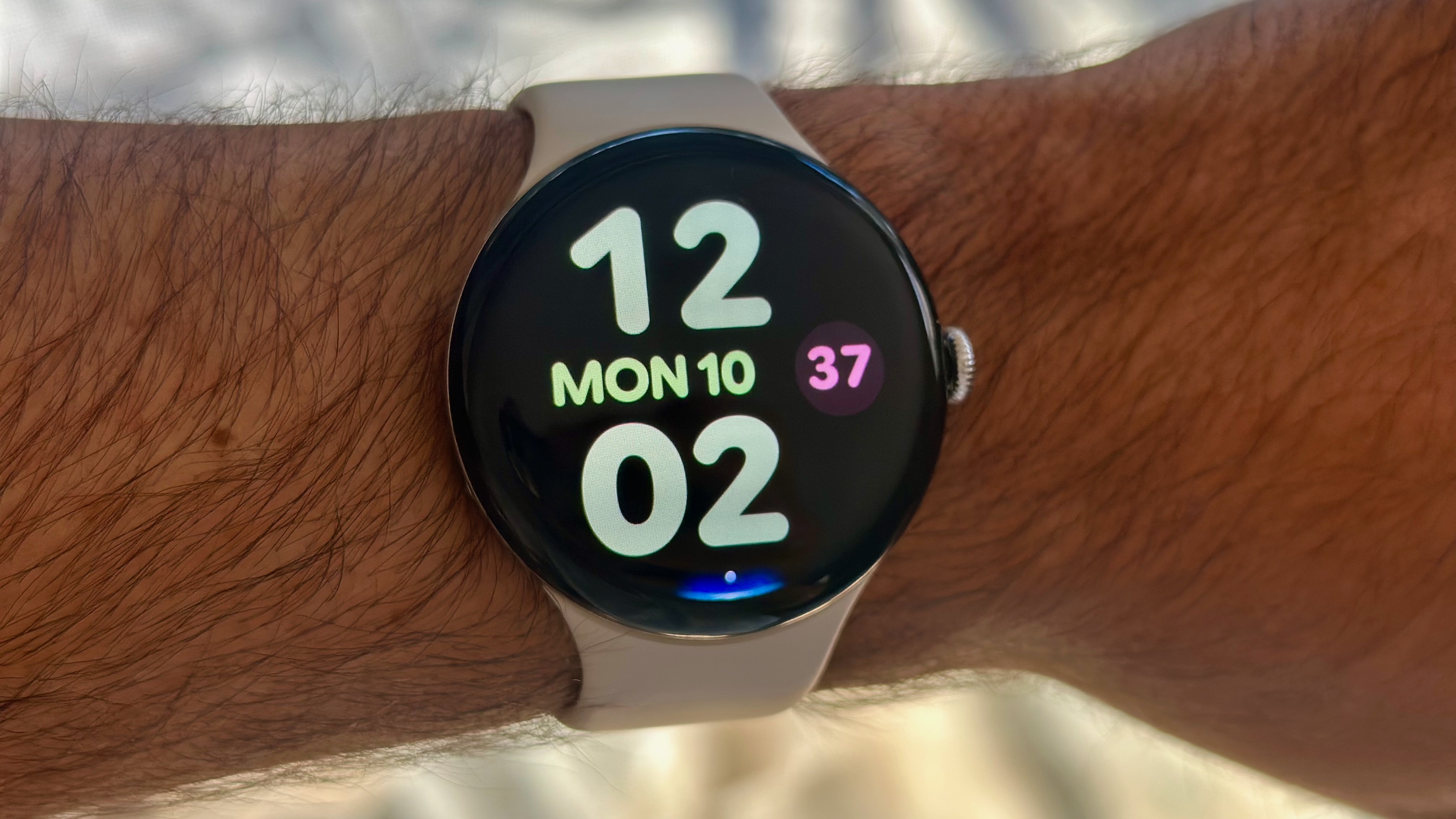I just had my first mixed-reality 'wow' moment on the Quest 3
Starship Home turns your living room into a spaceship.
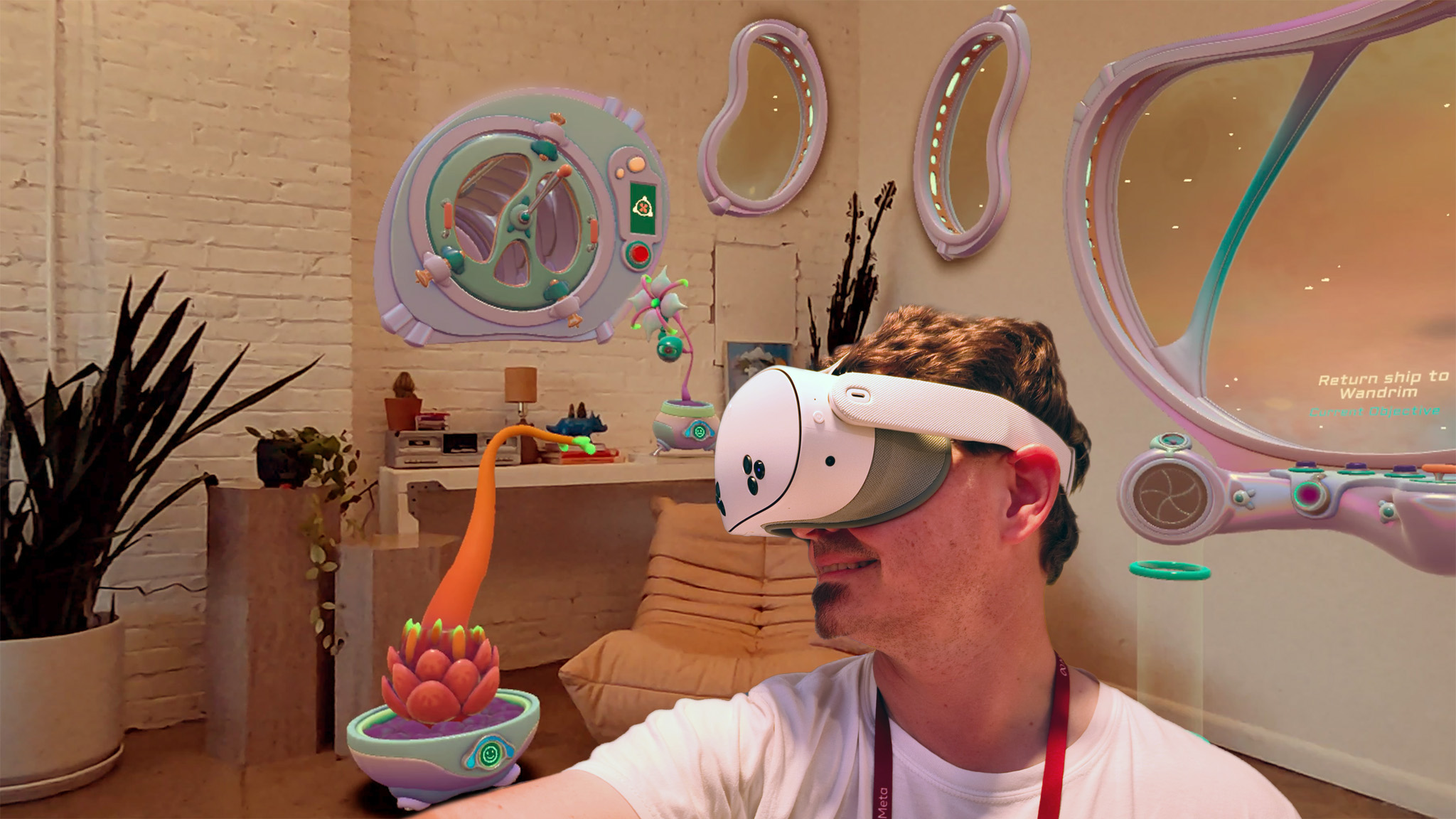
Until today, I was firmly convinced that mixed reality would only ever be a good "add-on" feature for a game. I couldn't envision a way for it to be the centerpiece for a game the way virtual reality is, which can transport you to somewhere new and give you completely bespoke experiences.

In his weekly column, Android Central Senior Content Producer Nick Sutrich delves into all things VR, from new hardware to new games, upcoming technologies, and so much more.
Starship Home changed my point of view. The moment the walls of my living room became windows on a spaceship, I was hooked. The feeling of looking out into space was as palpable as looking out a real window. Opening the in-floor storage container felt like it came from my basement, and letting things into the ship via the airlock evoked the real feeling of potential danger that comes with such a task.
This effect was so convincing that when I took off my headset, I kept expecting to see the starship's components on the wall where they were in the game. We've had games that have cleverly merged mixed reality and virtual reality before, while others have used mixed reality to make gameplay more convenient.
Starship Home fully embraces mixed reality as its core mechanic, and it's all the better for it.
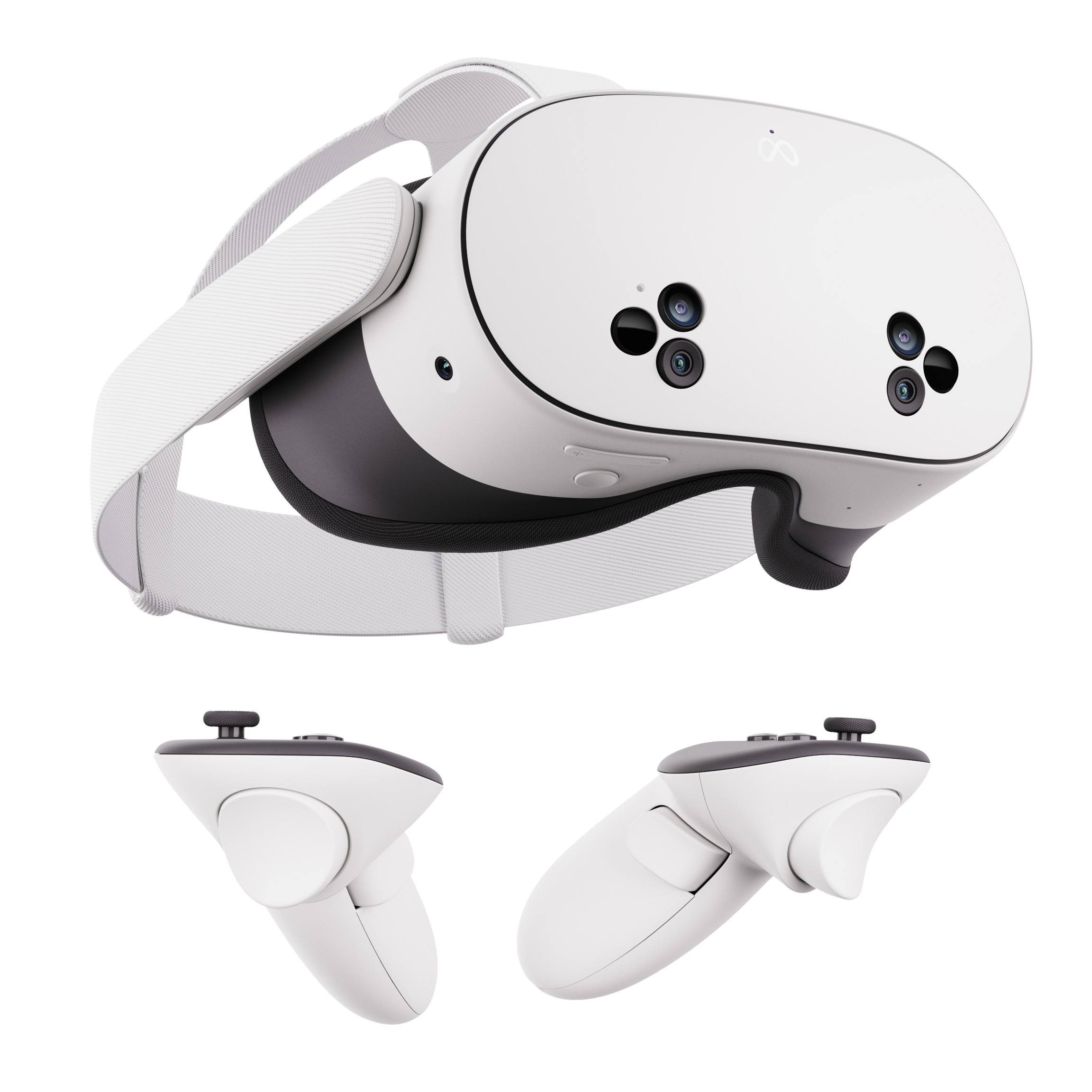
Get breakthrough mixed reality vision, the most powerful VR processor available, and controllers with amazing haptics, all at a surprisingly low price. Preorder it now and get Batman Arkahm Shadow for free!
The first full mixed reality game
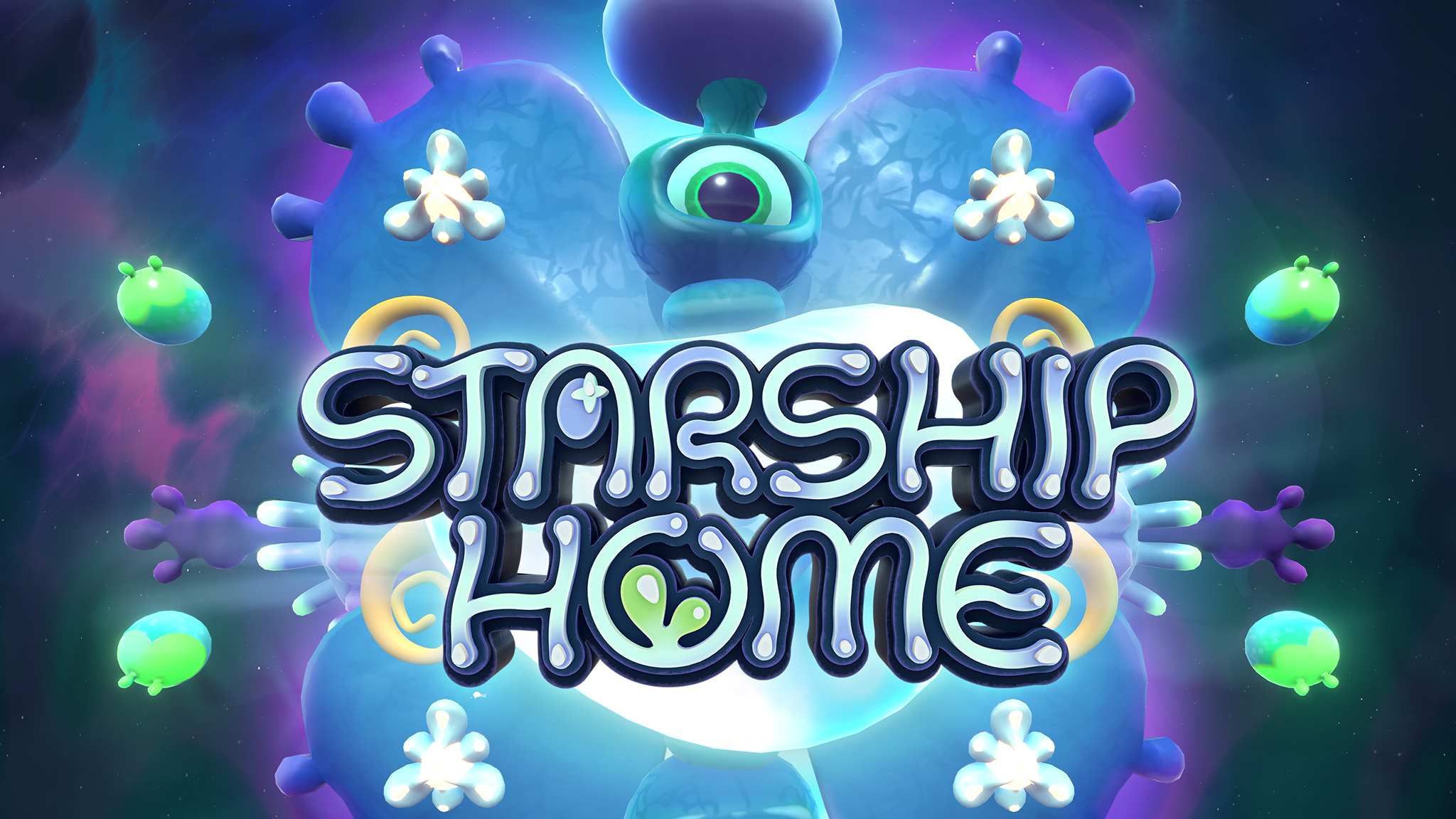
When Quest 3 debuted, Meta and several other developers released short mixed-reality games that helped showcase how convincing mixed-reality could be. Of course, the problem with these is that they're short, so even the best experiences end in just a few minutes.
That's what makes Starship Home so special. It's a 4-6 hour adventure, depending on how long you take to discover everything, which is exponentially longer than most other games that rely entirely on mixed reality.
The game begins and ends in exactly the same place: whatever room you're playing in. At the start, you receive a package from what's clearly a galactic Amazon, bringing you an entire starship in one big, giant box.
Get the latest news from Android Central, your trusted companion in the world of Android
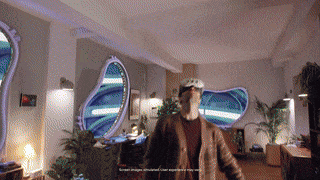
This clever intro kicks off the setup portion of the game, allowing you to place portholes, windows, the terrarium, storage depot, airlock, and, finally, the helm of the ship. Each of these pieces snaps believably to the walls of your room, except for the storage depot and the projector, which both reside somewhere on the floor.
Looking through portholes and windows is incredibly convincing in every way. The glass subtly refracts the view of the outside, and you can get up close and see around the edges of space as you might expect to be able to in a real spaceship.
The concept is quickly kicked off as an alien appears on the helm’s display, informing you that this is actually his spaceship, but Amazon brought it to the wrong planet, so you'll have to take it off and bring it back to him ASAP. What follows is an impressive trip through hyperspace, beginning with grabbing an energy crystal from the in-ground storage depot, sliding it into the fuel tube, choosing the destination from the projector, and, finally, pushing the hyperspace lever forward to engage engines.
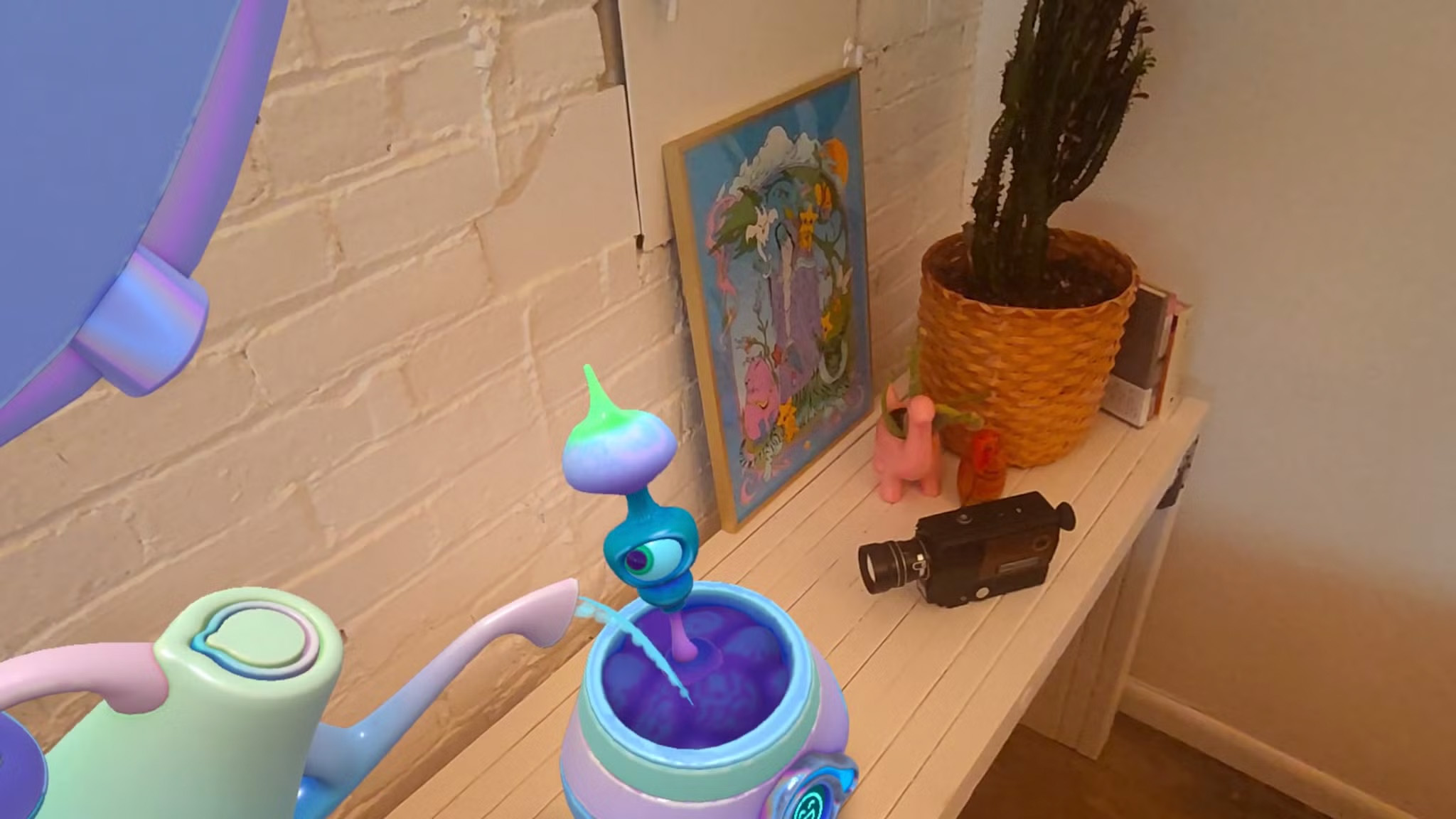
During this entire exchange, you have a full view of your room, ensuring that everything around you begins to blend in with the objects in the game. During hyperspace, your entire room will change color, glowing convincingly from the hyperspace tunnel light emitted from space.
More than once, after I was done playing, I'd take off the headset and expect the windows and portholes to still be on the wall. It was a fascinating effect that reminded me of the dreams I used to have when I first tried VR many years ago.
As the planet comes into view, you quickly realize something's wrong. No, hostile aliens aren't there to abduct you or anything. Rather, the friendly alien reveals that his planet is covered in a deadly blight that will soon erase their existence if something isn't done to stop it, revealing the real plot of the game.
A plot that fills the gaps

As you venture forth toward other planets in search of a cure — namely, other plants that are blight-resistant — you're met with the most interesting flora you'll likely ever encounter. But it's not enough that these plants have eyes and can freely move. They also have dreams that you can explore with the help of a unique machine introduced on the second planet.
Each plant you acquire has its own unique dreams, all of which are presented in the form of a puzzle or mini-game. Dreams change the room around you in a psychedelic way, sometimes changing the color of the room while other times might remove the ceiling entirely. One game had me bouncing a plant's tears on floating platforms, while another had me hitting balloons into the sky, keeping them along long enough for them to grow into floating islands.
Each is creative and unique, drawing from a wide range of play styles that feel purpose-built.
All of these interactions were made better by the close attention the team paid to controller haptics. Few games do it this well, and it's wonderful to feel the difference between a gentle vibration while petting plants and a more solid one when pulling open the storage container, for example.
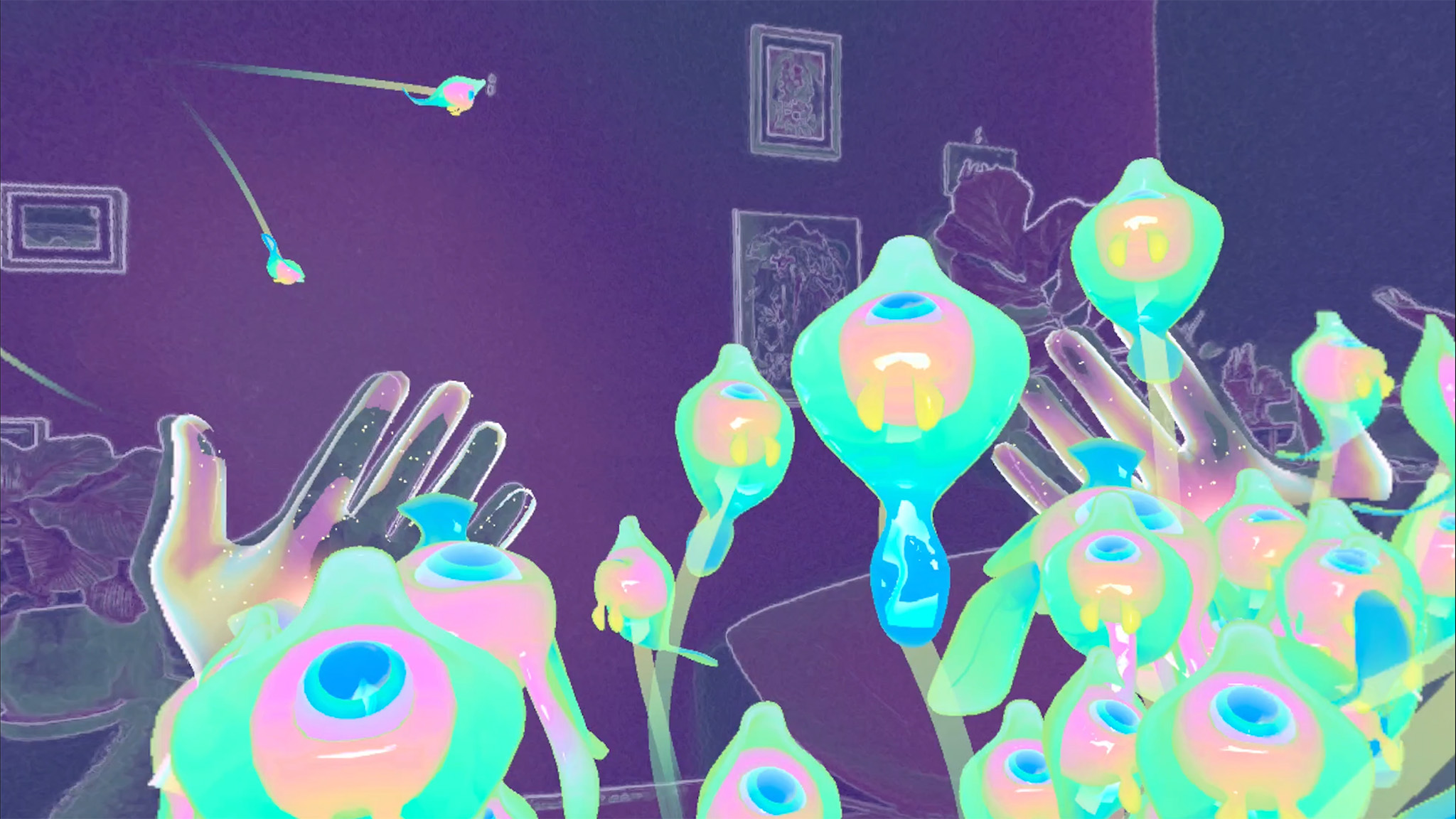
Again, in all of this, your physical room is visible. I assumed this would get boring after a while but was pleasantly surprised when it still felt new and fresh after four or five hours.
It's proof to me that mixed reality gaming can be more than a way to safely see the room around you. It's a fantastic way to get you used to a future where we wear AR glasses exist and these types of games and encounters can happen more organically. As I wrote in a previous thVRsday article, a future where we have a virtual pet that comes along for the ride with us is a very real possibility, and I can now see that extend to the plants and other objects around us.
The sense of palpability of each of the virtual objects in my room while playing Starship Home was surreal. It's funny how something that doesn't actually exist can feel so real. The feeling is more than a fleeting memory of a vivid dream. It's an expectation that I can go back to the place on command and experience them whenever I want.
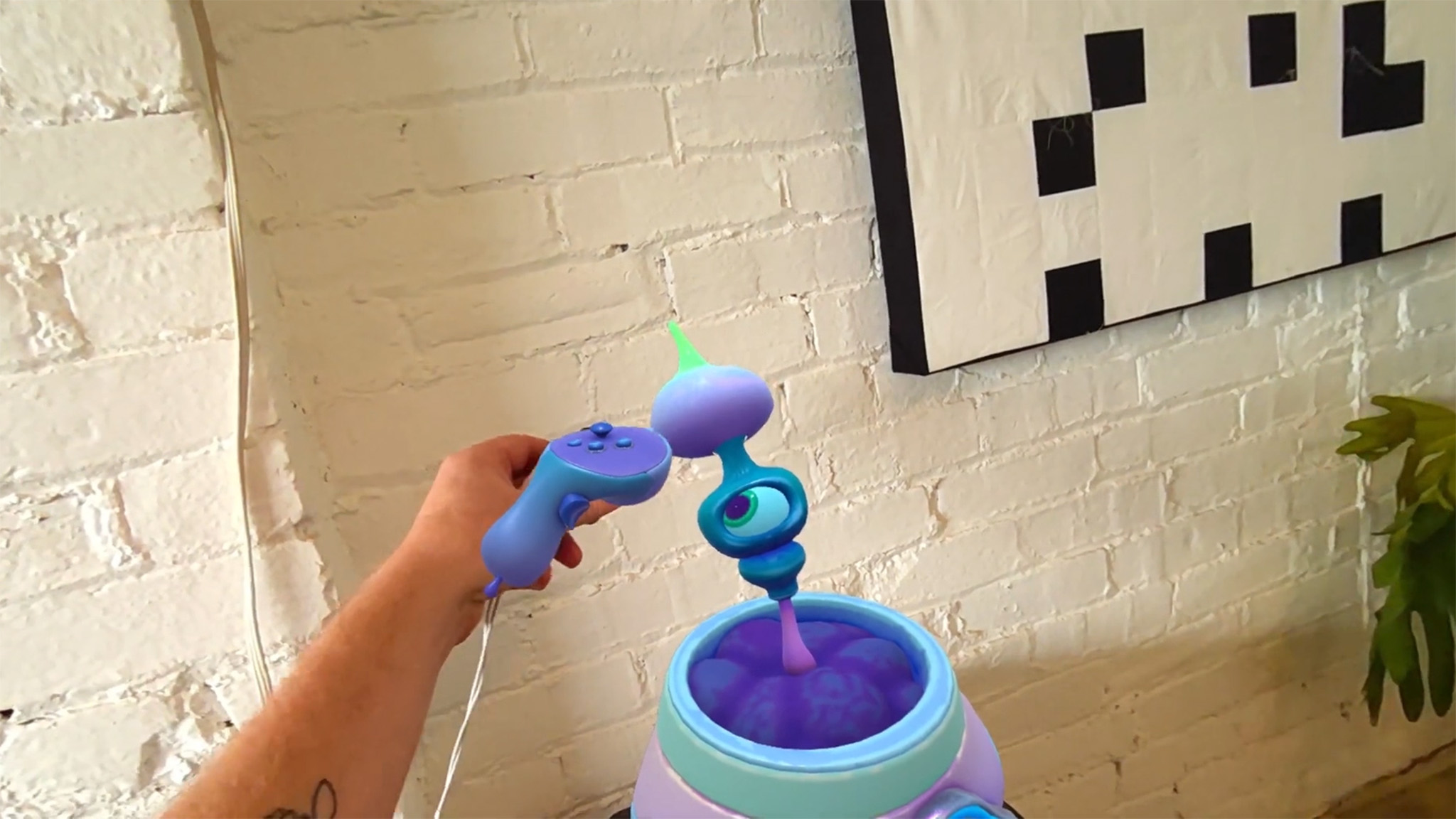
I once thought that having virtual objects fill bare walls sounded kind of sad. But after experiencing Starship Home and realizing how authentic they could feel, I can't wait for the future of shared virtual spaces just like this. I can imagine coming into a room that's been seasonally decorated in something new without having to go down to the nearest Hobby Lobby to drop a bunch of money for it.
That future is still a ways off, and while I think there's a distinct possibility that we'll see another great full mixed-reality game come along before too long, the concept isn't as easy to work with as a full VR game. Plenty of Quest 3 games use the concept to enhance the experience — like Demeo putting the game board on a table for a bunch of people to play in the same room — but Starship Home’s concept is a unique one that won't be quickly replicated in another brilliant way overnight.
Still, I can't wait to see what some other brilliant developer comes up with, especially now that the Meta Quest 3S is making full-quality mixed reality more affordable for everyone.
Starship Home
Venture to far out planets and meet fascinating aliens, all without ever having to leave your living room in Starship Home, a brilliant new made-for-mixed-reality game exclusive to the Meta Quest 3S and Meta Quest 3.
Buy it now at Meta Horizon store

You must confirm your public display name before commenting
Please logout and then login again, you will then be prompted to enter your display name.

